New Delhi: Focusing on the expansion of semiconductor footprint in the country, the government has approved four new projects in Odisha, Punjab and Andhra Pradesh with a total investment of Rs 4,594 crore.
Ahead of Semicon India 2025, these approved projects, spanning advanced materials, packaging and assembly capabilities, mark a significant leap in the country’s drive to build a resilient, self-reliant semiconductor ecosystem under the India Semiconductor Mission (ISM).
Union Minister for Electronics and IT, Ahswini Vaishanaw, stated: “Semiconductors are a foundational, strategic industry without which no country can count itself among developed nations.”
The New Approvals: Odisha, Punjab and Andhra Pradesh
Two of the newly announced units will be set up in Odisha. SiCSem will focus on producing silicon carbide semiconductor devices, catering to high-efficiency power electronics in electric vehicles (EVs), renewable energy, and industrial applications. The second unit, 3D Glass, will manufacture ultra-thin, precision glass wafers essential for advanced semiconductor packaging, enhancing India’s supply chain capability in critical materials.
In Punjab, Continental Device India Pvt Ltd (CDIL) will expand its existing semiconductor manufacturing operations to include advanced assembly and testing lines. This facility will target automotive, industrial and consumer electronics markets, strengthening the state’s electronics manufacturing base.
Andhra Pradesh will host Advanced System in Package Technologies Private Limited (ASIP), a cutting-edge ATMP (Assembly, Testing, Marking and Packaging) plant specialising in next-generation interconnect solutions, including 2.5D and 3D packaging. The plant will cater to high-performance computing, AI accelerators, and other advanced electronics applications.
These units collectively aim to enhance domestic value addition, reduce import dependence and position India as a competitive hub for global semiconductor supply chains.
Union Minister Vaishnaw said: “Silicon carbide is a strategic requirement for the country and the plant in Bhubaneswar will be dedicated to its production. It will be an advanced facility with a strong focus on cutting-edge research. IIT Bhubaneswar already has a highly successful research unit in this area. The process involves vaporising silicon carbide powder at 2,400 degrees and depositing it onto a crystal, which is then used to make a wafer. This is precision work, and the plant will be equipped to carry it out.”
Union Minister said that in this 3D Glass facility, Intel has already invested, and several global giants, including Lockheed Martin, along with private equity and venture capital funds, are expected to follow. This 3D Glass technology will find applications across multiple industries, such as defence. Essentially, 3D glass is like a multi-storey structure, a three-dimensional packaging method, with uses in aerospace, defence, radar, wireless communications, and high-power computing racks.”
He further stated that CDIL will work with a Korean firm to make specific devices like MOSFETs in Punjab, and the fourth plant will be by the ASIP in Andhra Pradesh.
Building on a Nationwide Semiconductor Drive
The new investments add to a growing list of high-profile semiconductor projects spread across the country. Key developments already underway include:
- Micron’s Sanand Facility (Gujarat): A $2.75 billion ATMP facility spread over 50 acres, already 60% complete, expected to create 5,000 direct and 15,000 indirect jobs by late 2025.
- Tata Electronics Fab in Dholera (Gujarat): A Rs 91,000 crore fabrication plant with Taiwan’s PSMC, producing 28 nm and power management chips for sectors like EVs, telecom, defence and consumer electronics.
- Tata Semiconductor ATMP in Assam: A Rs 27,000 crore advanced packaging unit in Morigaon with 48 million chips/day capacity.
- CG Power ATMP in Sanand: A Rs 7,600 crore joint venture with Renesas and Stars Microelectronics for 15 million chips/day, focused on automotive, consumer and industrial applications.
- Kaynes Semicon in Sanand: A Rs3,300 crore project with 60 lakh chips/day capacity for multiple sectors.
- HCL–Foxconn Unit near Jewar, Uttar Pradesh: A Rs 3,700 crore display driver chip facility with a capacity of 36 million units/month.
With these developments, the country is now has multiple semiconductor facilities either operational, under construction or newly approved across Gujarat, Assam, Uttar Pradesh, Odisha, Punjab and Andhra Pradesh.
Union Minister Vaishanw said: “The six projects that were previously approved have a capacity of producing 24 billion chips annually.”
Government Initiatives and Electronics Manufacturing Push
The government has coupled semiconductor manufacturing incentives with broader electronics sector reforms. Policies under the Production Linked Incentive (PLI) scheme and Design Linked Incentive (DLI) scheme are aimed at boosting domestic production and innovation.
Electronics manufacturing in India has grown sharply in recent years, reaching over Rs 8 lakh crore in 2023–24. Mobile phone production alone accounts for more than Rs 4.5 lakh crore of this output, with exports crossing Rs 1.2 lakh crore.
The government is targeting $300 billion in electronics manufacturing by 2026, with semiconductors playing a pivotal role in achieving this goal.
Strengthening Chip Design and Startups
Beyond fabrication, India’s semiconductor journey includes building a strong chip design ecosystem. Over 270 academic institutions and 70 startups are engaged in designing chips and semiconductor products.
Twenty designs from Indian students have already been fabricated (“taped out”) by the Semiconductor Laboratory (SCL) in Mohali.
Global equipment giants like Applied Materials and Lam Research have established a presence in India, while material and chemical suppliers, including Merck, Linde, Air Liquide and Inox are expanding to meet anticipated industry demand.
Strategic Significance
Semiconductors are the backbone of modern electronics, from smartphones and EVs to AI servers and defence systems.
Recently, Prime Minister Narendra Modi stated: “The semiconductor mission is picking up pace, and the country is set to roll out its first Made in India chip soon.”
The recent approvals, coupled with mega projects already underway, signal a strategic shift toward becoming not just a large electronics manufacturing hu but also a credible global player in chip production and advanced packaging.
With the latest Rs 4,594 crore investment spread across three states, India’s semiconductor roadmap is now firmly anchored in both geographic diversity and technological depth, a combination crucial for long-term industry resilience.
Prithvideep Singh, General Manager, CDIL, said: “For 60 years, CDIL has quietly built the backbone of India’s semiconductor industry. Our Mohali facility continues its expansion, earlier under the SPECS scheme, and now the ISM approval represents the next major milestone. With this investment, we would expand our installed capacity of 600 million units to over 760 million units annually and sharpen our focus on Silicon and Silicon Carbide chips. We are deeply grateful for the Government of India’s continued trust in our vision, as we remain committed to driving this upward trajectory and contributing to India’s self-reliance in the global semiconductor ecosystem.”
Pankaj Mohindroo, Chairman, India Cellular & Electronics Association, stated: “We wholeheartedly congratulate the four newly approved semiconductor projects under the India Semiconductor Mission. The first commercial compound semiconductor fab, a world-class glass substrate packaging facility, and other advanced manufacturing investments reflect the clear vision of Hon’ble Prime Minister Shri Narendra Modi and the decisive leadership of Shri Ashwini Vaishnaw. ICEA’s Semiconductor Leadership Forum and Semiconductor Product Design Leadership Forum will channel this momentum into a single, integrated agenda, scaling manufacturing, deepening design, mobilising capital, and developing talent for enduring global leadership.”

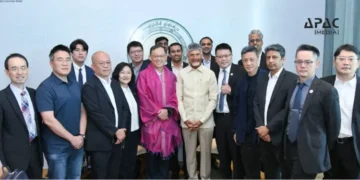







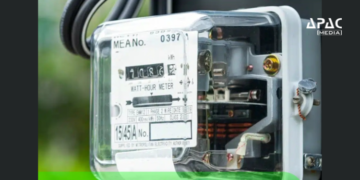

















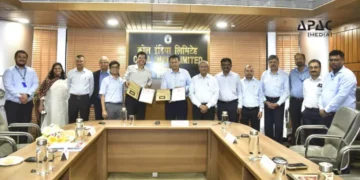
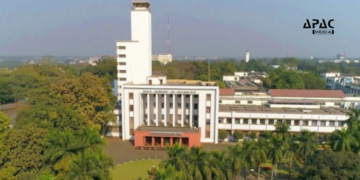

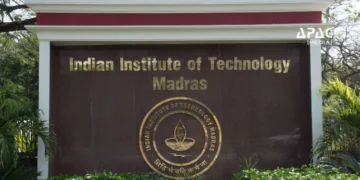
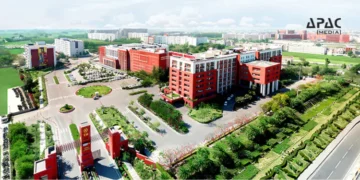




















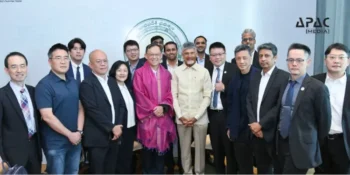












Discussion about this post